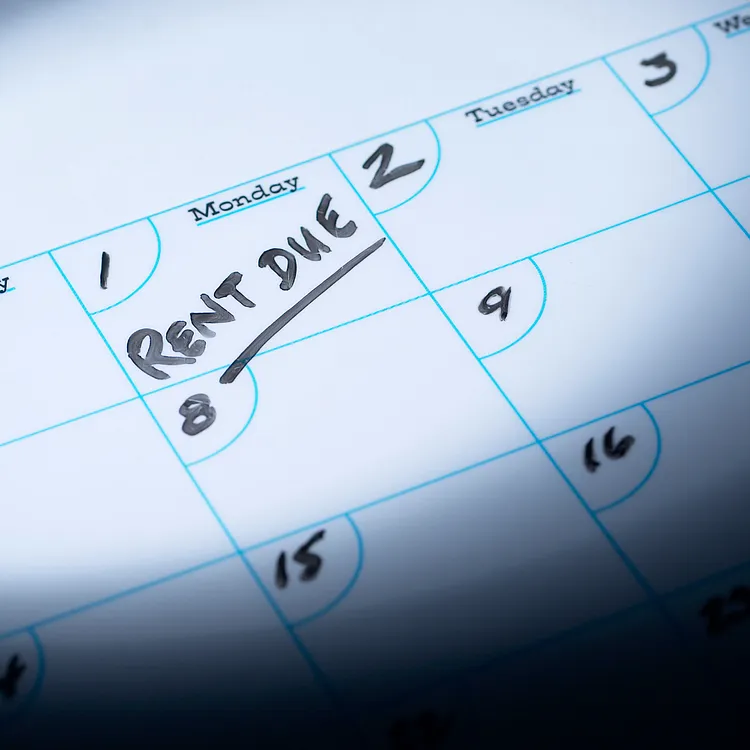It is quite apparent now that both the viral and economic pandemics caused by COVID-19 have globally dismantled industries and changed the way we live life forever. The scale of the economic shockwave is still undetermined, but it is clear that among the industries and populations impacted, both the rental markets and renter households are changing.
Truthfully, the already unfavorable ecosystem for renters existed long before the Coronavirus came to America. The renter model has always been a poor proposition for renters, but the pandemic is shining a bright light on these weaknesses. We need to reframe the renter concept. We need affordable rates in desirable locations, better systems to support property managers and owners, and we need to work with the services and resources that support the expanding demographic. Leasera has aligned the incentives and values propositions of all of its users so that we can cooperatively support a healthier ecosystem.
Rent is Due, COVID or Not
Nearly 16.5 million renter households have at least one worker in an industry who is likely to, or has been immediately affected by the efforts to stop the spread of COVID-19. Meaning, at least 50 million people living in a renter household are likely experiencing immediate job and income losses.
Half of this vulnerable population is made up of prime-age workers (46%) supporting the household, with children (27%), and young adults (16%) making up this demographic. Furthermore, the renter population is likely to be of color- accounting for 28% Latin and 18% Black respectively. We’ve seen the unemployment rates soar since COVID-19 shut down normal business operations, and well, the world itself. Unemployment rates rose higher in three months of COVID-19 than it did in two years of the Great Recession.
The renter demographic, largely housing the service professional population, has suffered the greatest and will continue to suffer even into a recover phase.
This type of financial hardship has affected the renter demographic significantly. Mainly in part because of the already unaffordable housing market, especially in metropolitan areas and the astronomical cost of monthly rent. In 2017 alone, we’ve seen that 46% of renter households spent more than 30% of their income on rent. The combination of the growing demand for flexibility, and the shortage in affordable housing has caused the rent to skyrocket. And while the effects of efforts to slow the spread of COVID-19 have impacted the renter demographic significantly, more than 7.1 million were already experiencing housing cost burdens and facing possible evictions. We are seeing rising income inequality combined with the lack of availability for affordable housing, and it’s causing major financial burdens for a growing number of working families; especially those of low-income workers.
The rental model needs to adjust to serve all. Partnering with organizations like HUD that provide help for low-income families is essential to providing qualified renters with affordable options and flexibility for renters. These types of programs have their limitations as well, but it’s worth exploring for property managers and owners seeking qualified tenants in need.
The Expanding Demographic
TODAY’S tenants are attracted to conveniences.
Before 2020 went on lockdown and the economy along with it, the rental proposition was still in need of restructuring. Developers focused on what they thought was the emerging millennial generation, sometimes described as, “entitled,” or “self-serving,” but unfortunately they were missing the mark. That’s not describing millennials, but rather an overly broad stroke encompassing Gen Y and Gen Z. Millennials are growing up, (between the ages of 26–40 now) creating businesses, and families. The need for flexibility, convenience, amenities, walkability, and affordable housing will continue to grow with this demographic, and will likely grow with Gen Y and Gen Z as well. Additionally, with the efforts to stop the spread of COVID-19, it is now more important than ever that industry leaders across the board meet the demands of consumers for digital services, on-demand resources, and adaptability. The modern-day renter is in search of affordable housing, in safe and up-and-coming areas, at affordable rates, and a single-source platform for usability, appreciation and ease.
Moreover, today’s tenants are attracted to conveniences rather than curb appeal and large layouts. Our tech-based world is driving busy lifestyles and the need for faster commutes, walkable amenities, transportation services, and entertainment. The rental model should be equipped to handle these expectations, and provide renters with incentive-based programs that digitally enhance and support their needs. Single-source platforms offering products and services are becoming more sought after, and Leasera is leading the way for the modern-day renter. As we move forward and see the economic changes coming, the volume of renters and the option for flexibility and access will only continue to grow. It is our job to support this demographic as they navigate the housing market.
Supporting the Modern-Day Renter Now
SUPPORT that serves renters as well as property managers or owners.
Consumers have a stronger voice and it’s time property management services started to listen, as have most other industries. Traditional property management services operate through standard software capabilities and support, typically lacking in renter-first solutions or even business practices, and difficulties with digital platforms or lack of offerings hurt tenants. Our service however is more thoughtful, advanced, and operates as the mind of the consumer- putting their needs at the center of our solutions. With this type of approach, property owners are more likely to have more tenant retention and greater operating income. We also offer an unified ILS (independent listing service), renter loyalty and benefits program, and an exciting unified marketplace of on-demand services that range from bookings for hotels, vacation rentals, dog-walking, food delivery, cleaning services and more.
As we continue to live and work through the COVID-19 pandemic, riveting changes in the housing, services and greater rental market are sure to follow. If there was a time to be excited about a new era for the rental housing market and demographic adapting, it’s now.
Find out what it means to be a part of a unified rental market at www.leasera.com, and discover a new life on leasing.






